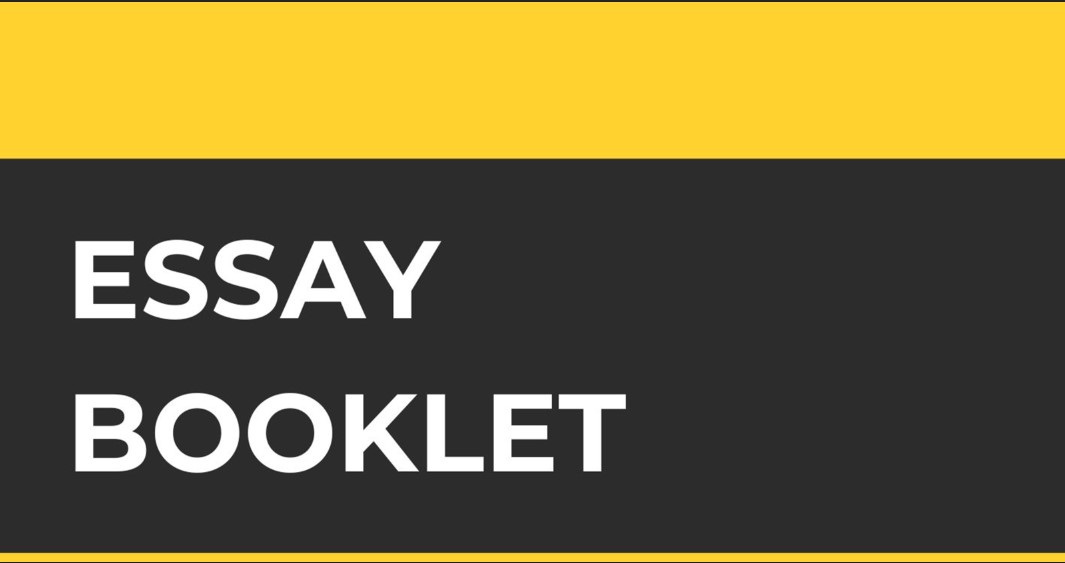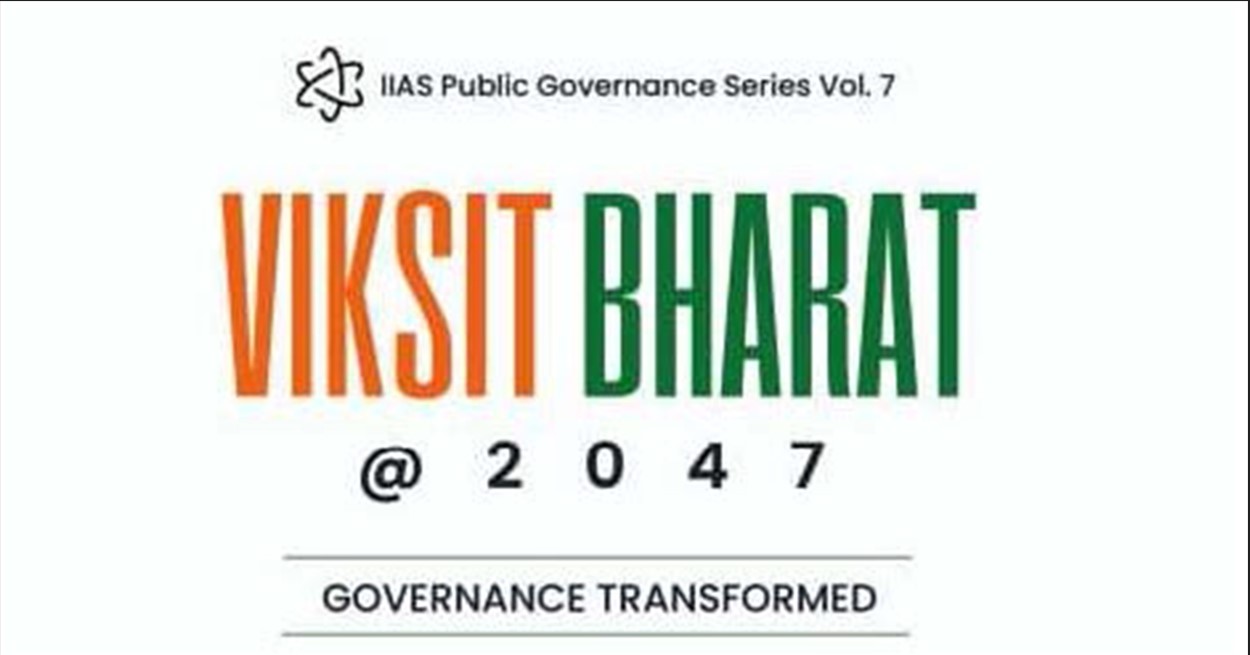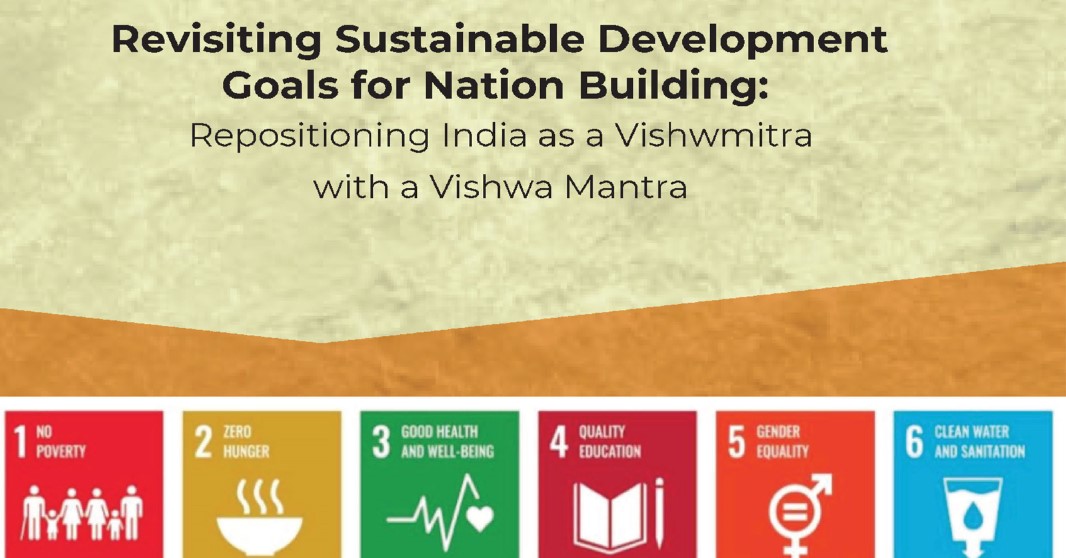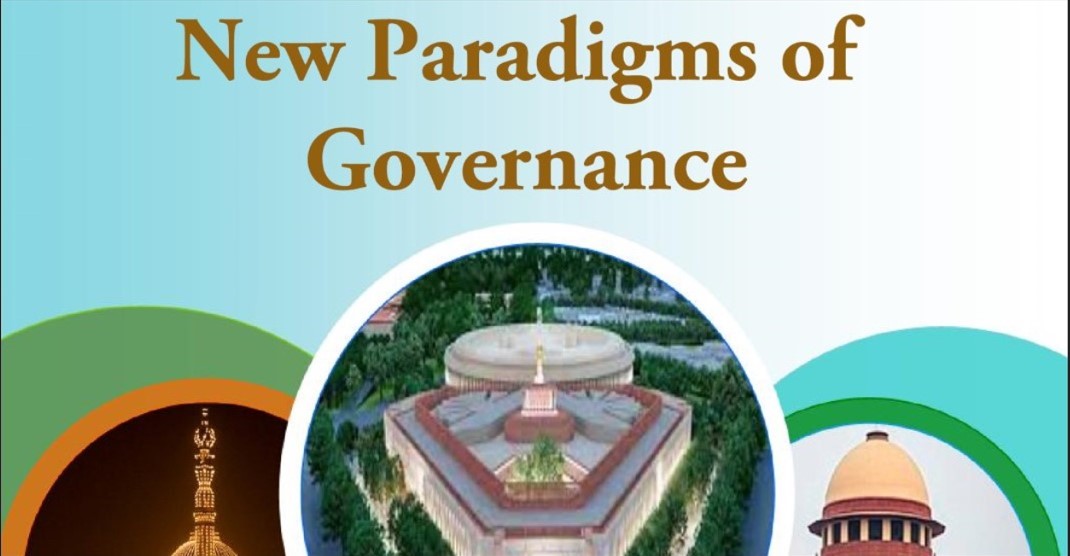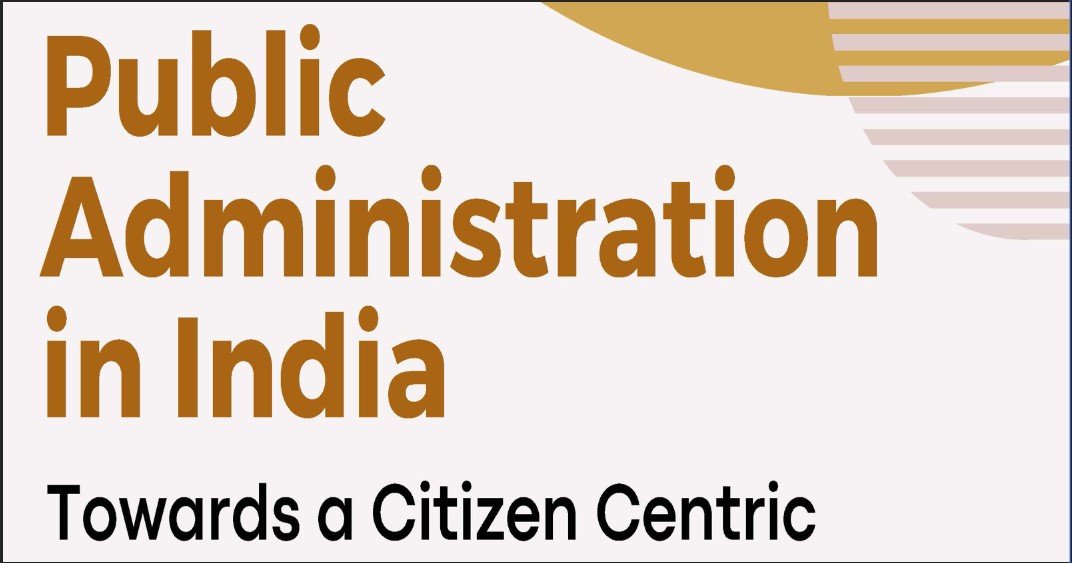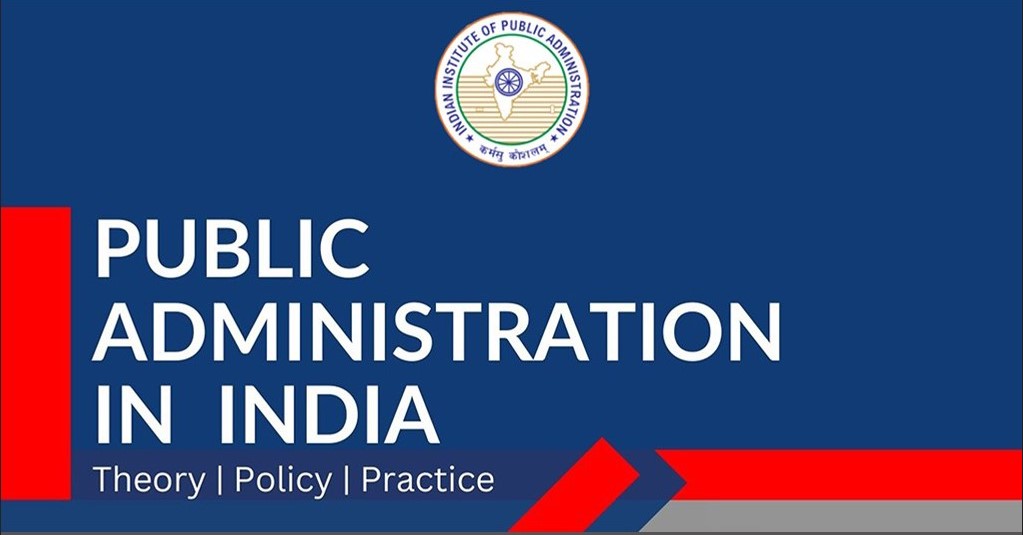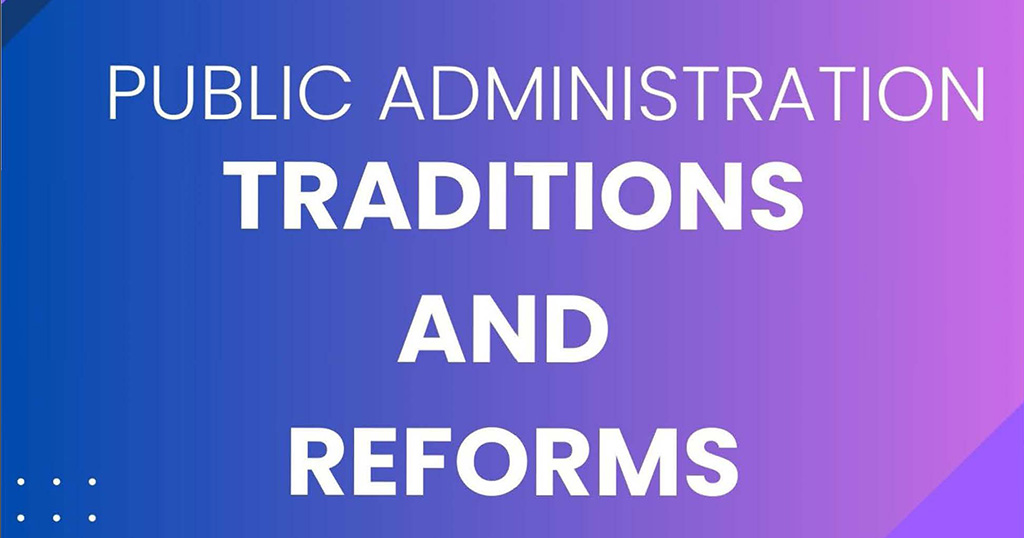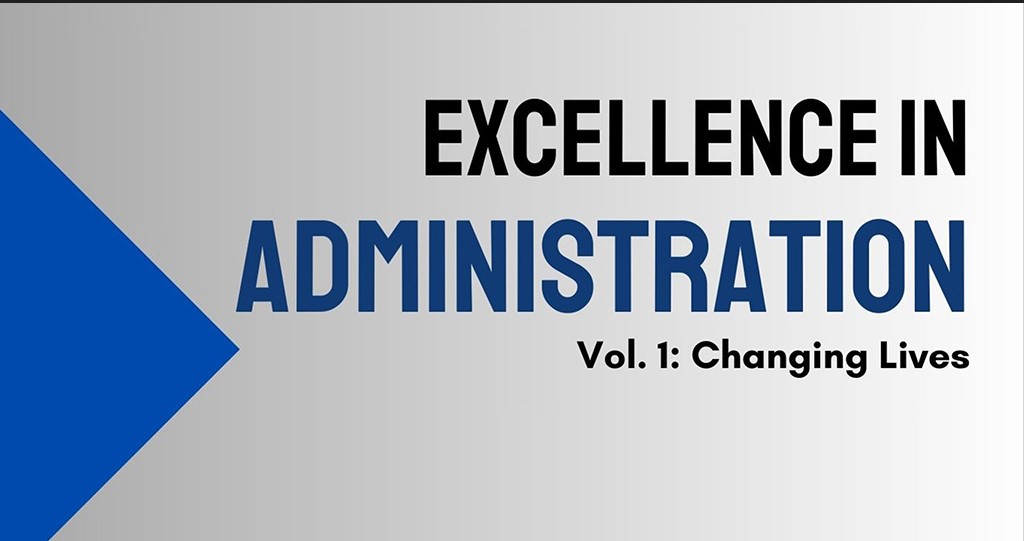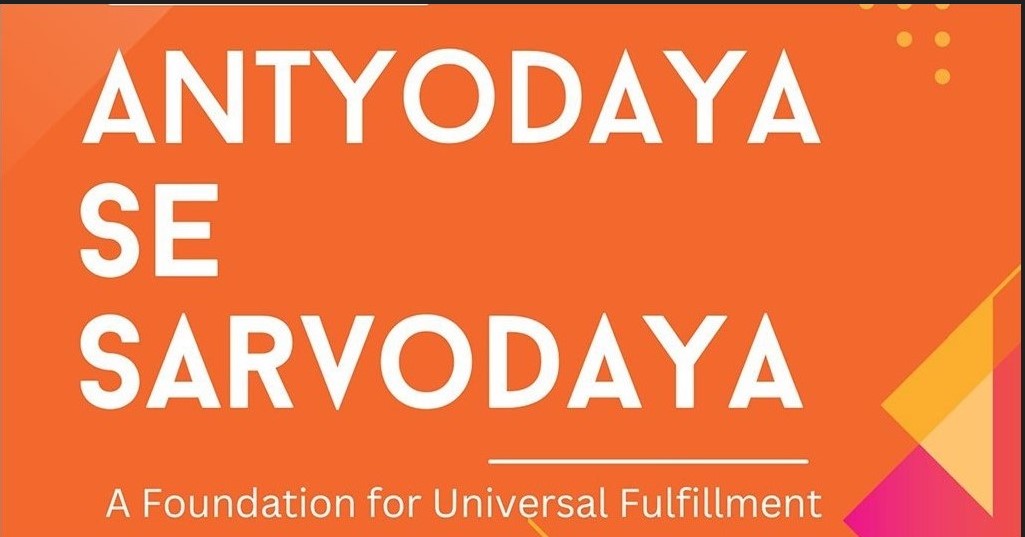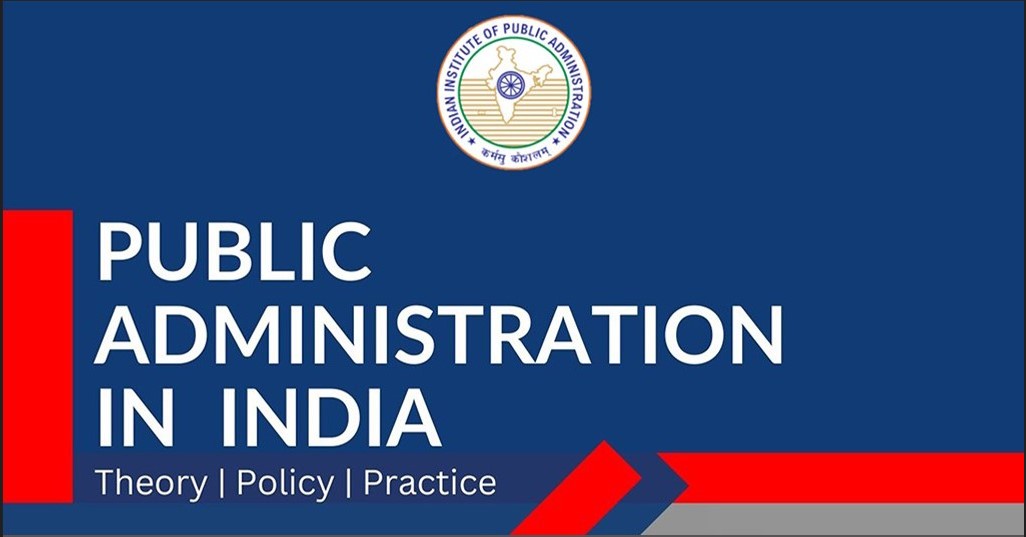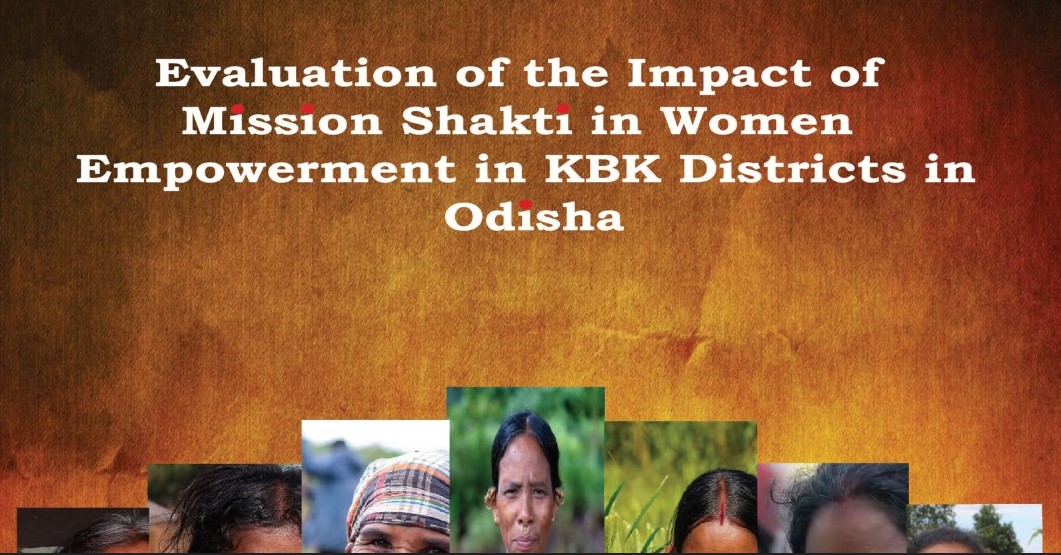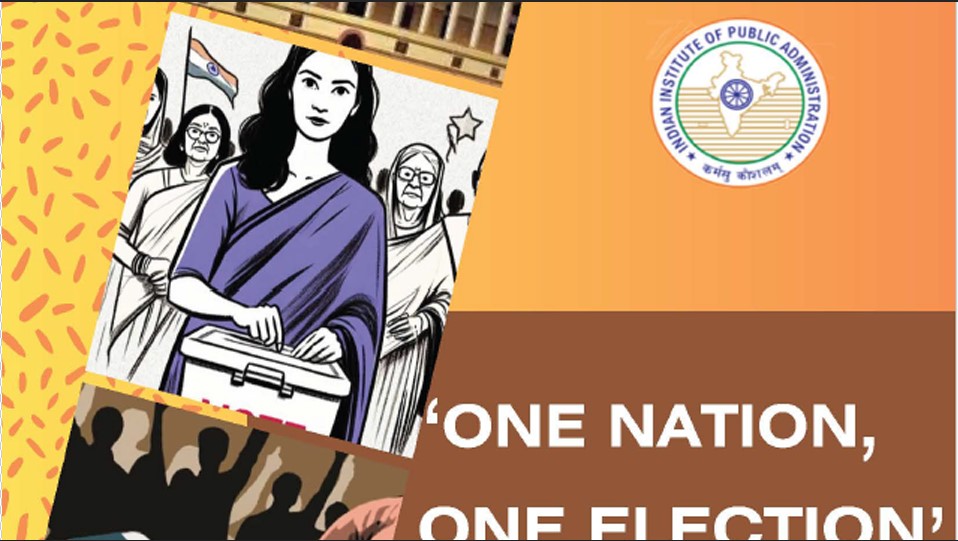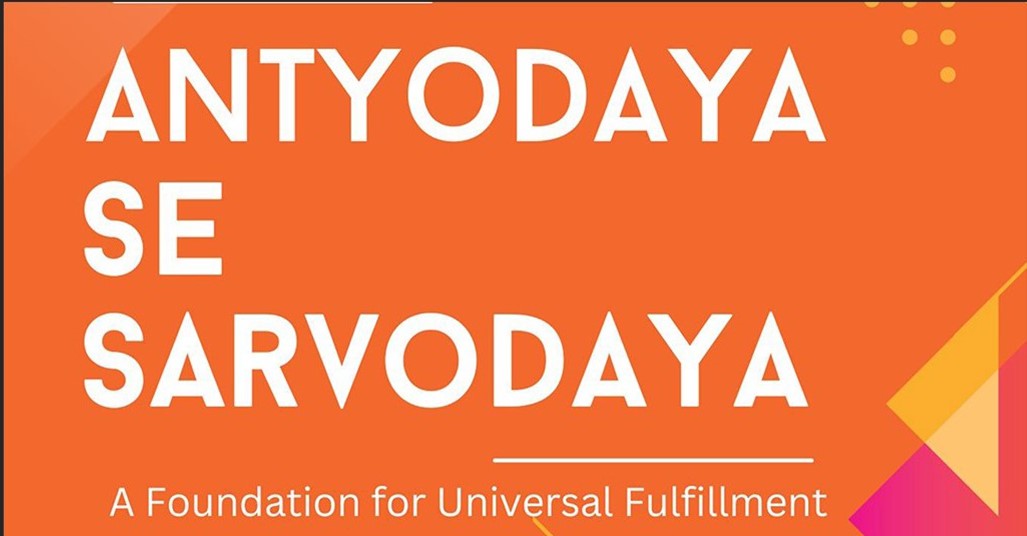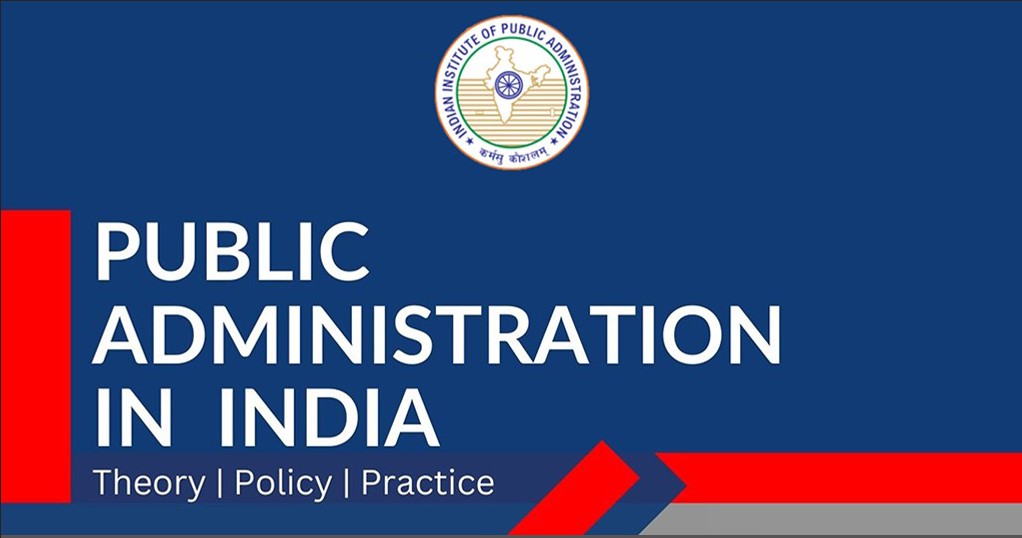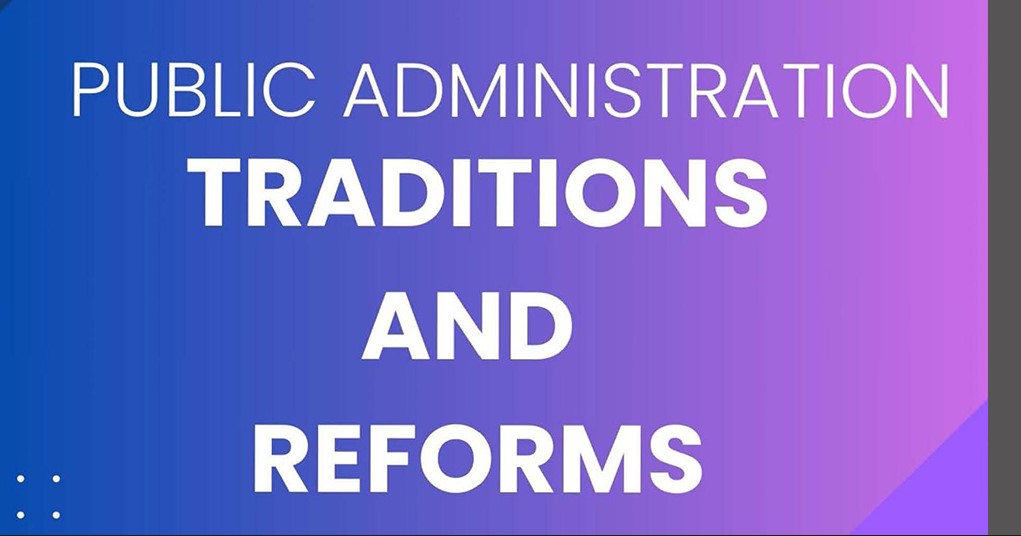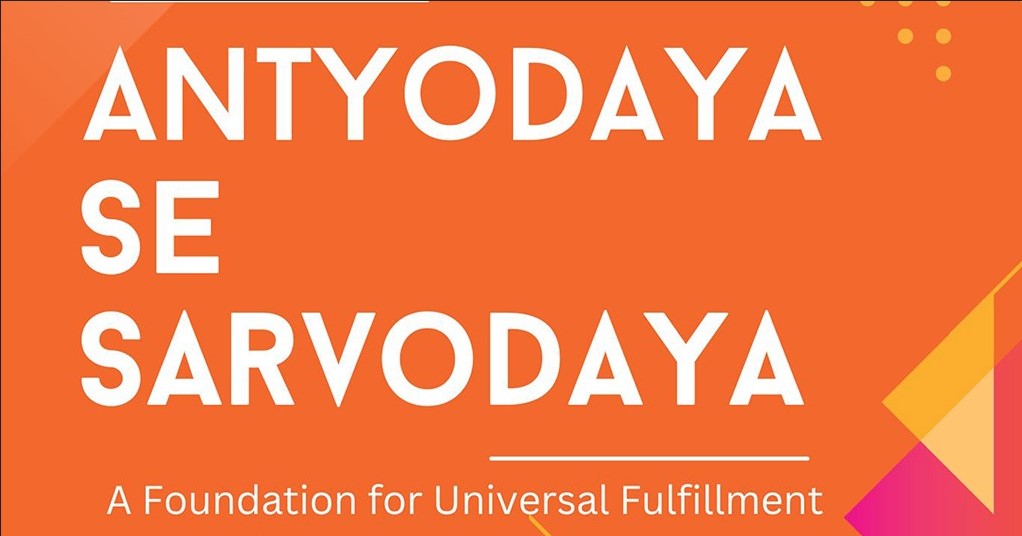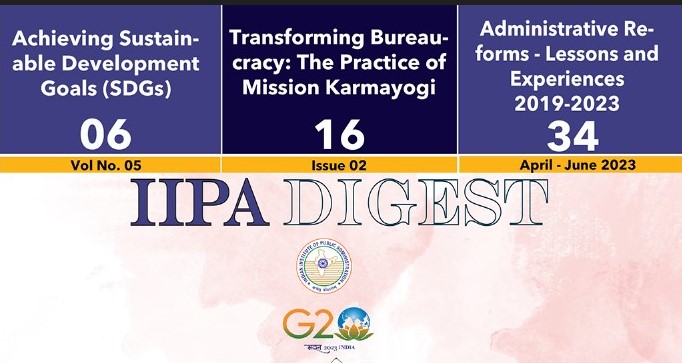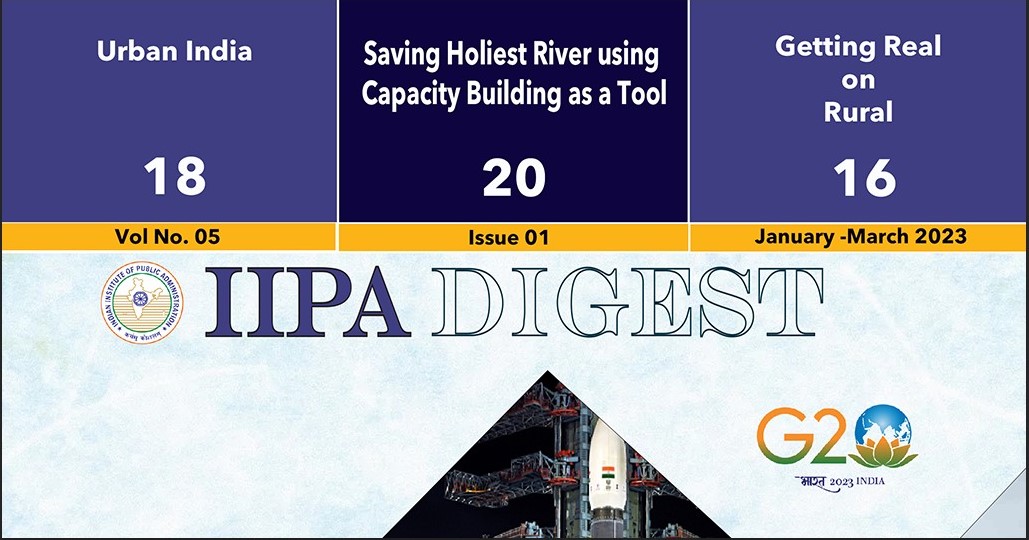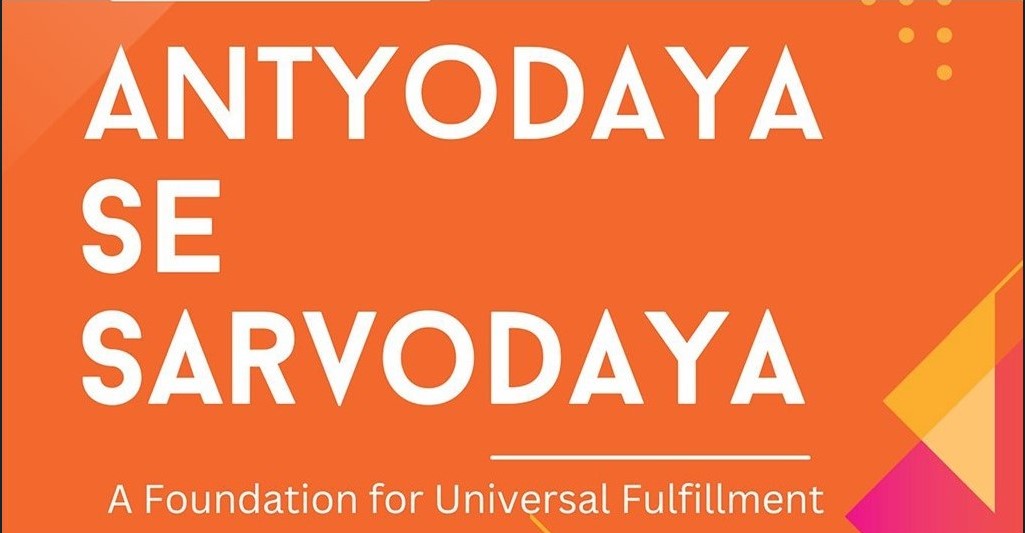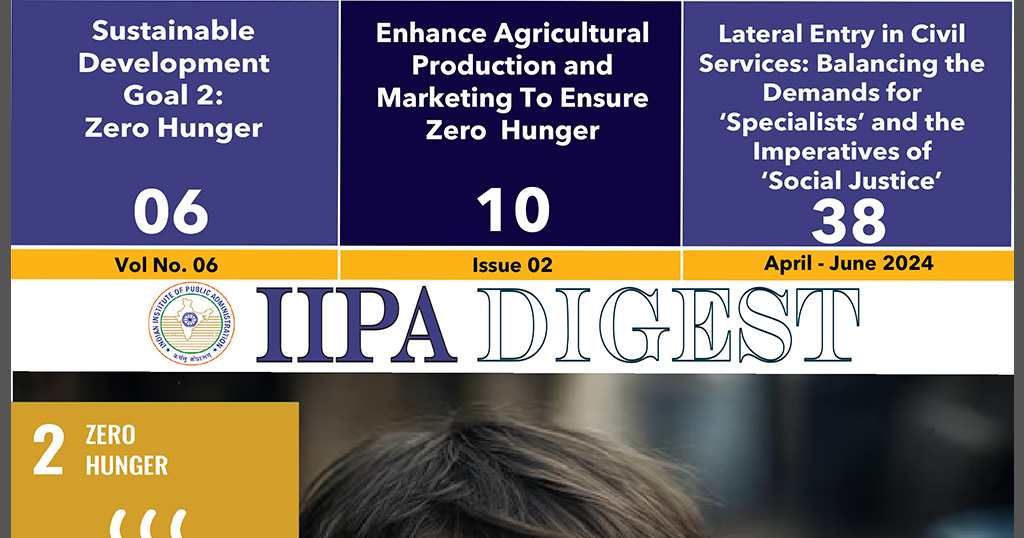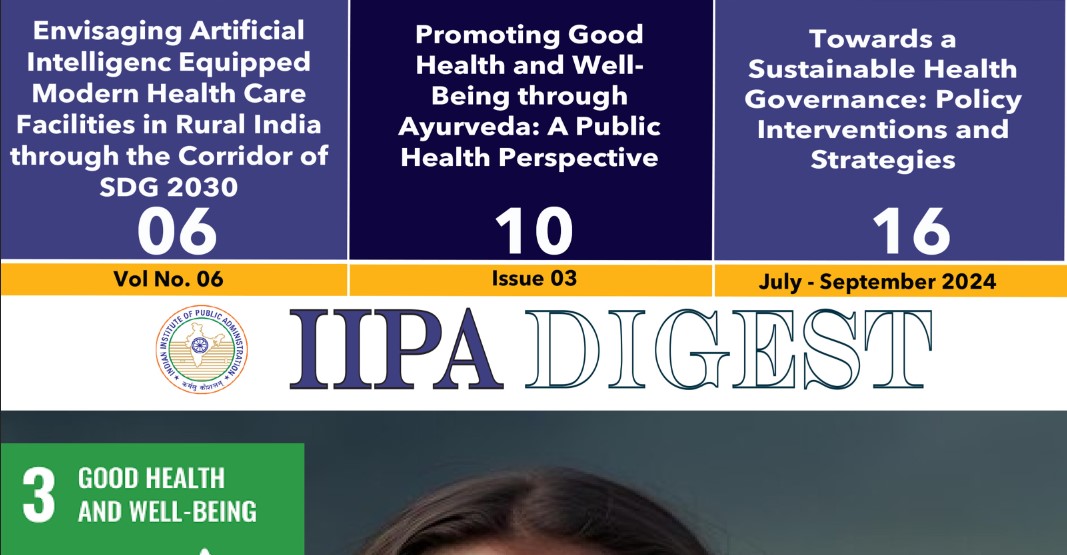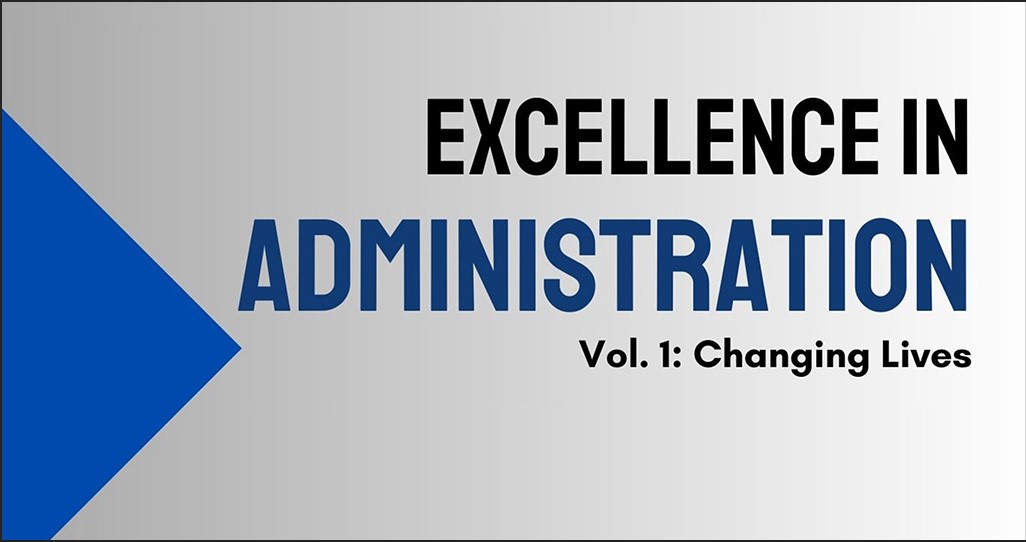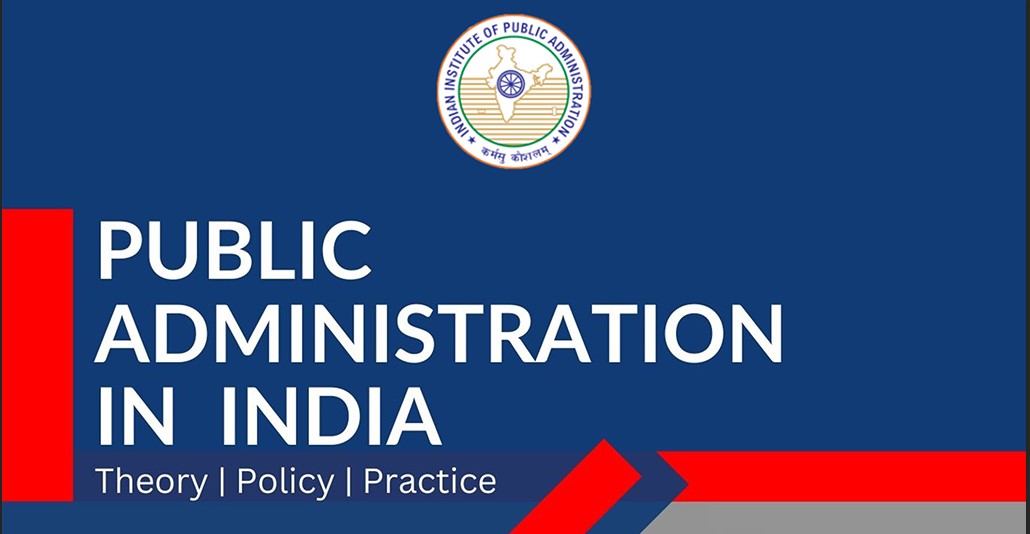A Journey Towards Antyodaya to Sarvodaya
Abstract
This paper examines the philosophical foundations and practical applications of Antyodaya and Sarvodaya in Indian socio-political thought. While Sarvodaya addresses the collective upliftment of society as a whole, Antyodaya specifically focuses on elevating the most marginalized individuals. As Mahatma Gandhi articulated, Antyodaya represents "an article of faith" rather than merely a political slogan, emphasizing that societal progress should be measured by the welfare of its weakest members.
The paper highlights the contemporary relevance of these concepts through the commemoration of Antyodaya Diwas on September 25, marking Pandit Deendayal Upadhyaya's birth anniversary. Upadhyaya's political philosophy, which connects national identity to both ideals and homeland, provided a framework for inclusive development policies. The 2014 reintroduction of skills development programs under the National Rural Livelihoods Mission, later renamed Deendayal Antyodaya Yojana-NRLM, demonstrates the ongoing implementation of these principles.
Introduction
The concept of Antyodaya is used for the upliftment of the last person situated in society, whereas the Sarvodaya is more related to the upliftment of all. Mahatma Gandhi says, "Antyodaya is not a mere political slogan. It is an article of faith." Gandhi emphasises the importance of Antyodaya as more than just a political slogan but a deep-rooted belief in uplifting the last person in the line. Gandhi believed that the true measure of a society’s progress lay in the condition of its weakest members.
Antyodaya Diwas is celebrated each year on September 25 in India to commemorate the birth anniversary of Pandit Deendayal Upadhyaya. On this day in 2014, the Ministry of Rural Development re-introduced Aajeevika Skills, a skill development programme under the National Rural Livelihoods Mission (NRLM). It was later renamed Deendayal Antyodaya Yojana- NRLM in November 2015. The articulation of his writings has substantial relevance to providing Bharatiya vision of political thinking and proposing global alternatives in the following words:
“when a group of people lives with a goal, an ideal, a mission, and looks upon a particular piece of land as motherland, the group constitutes a nation. If either of the two- an ideal and a motherland is not there, then there is no nation.”
Looking into these words, we honour the legacy of Pandit Deendayal Upadhyay, who provided a goal towards a brighter, more inclusive future where the ideals of Antyodaya serve as guiding lights illuminating the path ahead.
From the ancient scriptures of Indian philosophy, these two concepts have had a unique position in the Indian socio-political structure. Antyodaya embodies the idea of uplifting society's most marginalised and vulnerable sections. The very essence of Antyodaya is to ensure that the development benefits reach those at the bottom of the socioeconomic ladder. In this sense, Antyodaya aims to empower the poorest of the poor, providing them with access to basic necessities of their life such as food, shelter, education, and healthcare. Hence, Antyodaya seeks to create a more equitable and just society by inculcating the values of compassion, empathy, and action to improve the lives of those who have been historically neglected.
Gandhi was greatly influenced by John Ruskin’s book Unto This Last, where he borrowed and paraphrased the concept of Sarvodaya. According to Gandhi, true progress can only be achieved when every individual has a sense and feeling of upliftment in society. This 'all' includes all living beings. It implies the participation of all kinds of people irrespective of class, caste, creed and religion, which is the essence of Article 15 of the Indian Constitution. It also stands for physical, mental and spiritual developments of the human being. Thus, it commands universal welfare and integrated development of all. This has led to the welfare of the weaker sections of society instead of the welfare of select people. The primary emphasis of Sarvodaya has been given to creating a society in which
1. No person goes hungry and the basic needs of all individuals are to be met.
2. Economic equality: Bridging the gap between the rich and the poor.
3. Social justice: Dismantling the structures of discrimination and oppression.
The idea of Antyodaya is beautifully encapsulated in Gandhi’s own words:
“Recall the face of the poorest and the weakest man [woman] whom you may have seen, and ask yourself, if the step you contemplate is going to be of any use to him [her]. Will he [she] gain anything by it? Will it restore him [her] to a control over his [her] own life and destiny? In other words, will it lead to swaraj [freedom] for the hungry and spiritually starving millions? Then you will find your doubts and yourself melt away." (Gandhi, 1958: 6)
Pandit Deendayal Upadhyay pioneered the idea of Antyodaya by reviving our ancient Indian philosophies in such a way as to meet the challenges of today’s society. Upadhyay emphasises the root of Antyodaya is deeply rooted in India’s traditional wisdom, reflecting a timeless ethos rather than a modern innovation. Panditji's vision encourages individuals to embrace a sense of brotherhood towards every living being and cultivate empathy for all human beings. Deendayal Ji, in his economic policy, always emphasised the welfare of the poorest of the poor. The last man in the society was at the centre of his economic ideas. He said, ‘The success of economic planning and economic progress will not be measured through those who are at the top of the society’s ladder, but through the people at the lowest rung of the society.’
At the core of realising Antyodaya’s vision lies the purification of individual lives, wherein personal virtues such as truth, non-violence, and selflessness seamlessly integrate into the social fabric. As Acharya Vinoba and Gandhiji emphasise, the journey towards societal transformation commences with individual introspection and moral refinement. Vinoba, writing in the Harijan, expressed the view that 'proper rendering of Unto This Last would be Antyodaya (Uplift of the Last) rather than Sarvodaya" (Harijan, 10.04.1949).
Interpreting the significance of Sarvodaya, Dada Dharmadhikari said:
"Sarvodaya is a term with a wider connotation since it conceives of assimilation of all and not only of many or most" (Dharmaadhikari, 1960:18).
Sarvodaya is a philosophy which provides checks against the imperfections of the human mind and soul.
Some of the basic techniques of Sarvodaya are Bhoodan, Sampattidan and Gramdan. If Bhoodan and Gramdan are techniques of agrarian revolution based on moral force, Sampattidan is a significant path in transforming capitalism into the Sarvodaya society. Jayaprakash Narayan's understanding of Sarvodaya implies an establishment of a new order in which the society will be class-less and stateless; it will be a political system in which Lokniti will replace rajneeti will be 'peoples' socialism., which will ensure not only freedom and equality but also peace and eternity.
Sarvodaya accepts the sacrosanct character of the human spirit. Vinoba Bhave says:
"In the early stage it was unrestrained violence that held the faith. Gradually man learnt to curb and limit his violence and the institution called the state came into existence. The formation of the state did limit violence up to a degree. The advent of the apparatus of Government created a new kind of law' and order. Even Vedas had said that coercive power of the state was personification of Dharma. But gradually the state grew stronger, became more and more powerful till it became an all-powerful state with the power of destroying the whole world with its military might based on nuclear weapons" (Vinoba, 1956: 7).
Jayprakash Narayan emphasises how trusteeship would be a medium to serve society, and Sarvodaya would be achieved through this.
'The next step is that of 'Full Trusteeship'. Under 'Trusteeship', commercial and industrial enterprises would belong to the society without employer and employee. The management and labour would have joint responsibility to run them not for themselves but for the good of the society as a whole (Narayan, 1956: 18).
Antyodaya in Indian Philosophy and Scriptures
The roots of Antyodaya investigate deeply into the descriptions of Indian scriptures, especially in the verses of the Vedas. These ancient texts envision the upliftment of the entire world, establishing the welfare of all as their fundamental premise. The Vedic dictum,
ॐ सर्वे भवन्तु सुखिनः
सर्वे सन्तु निरामयाः ।
सर्वे भद्राणि पश्यन्तु
मा कश्चिद्दुःखभाग्भवेत् ।
Om Sarve Bhavantu Sukhinah
Sarve Santu Niraamayaah |
Sarve Bhadraanni Pashyantu
Maa Kashcid-Duhkha-Bhaag-Bhavet |
Om Shaantih Shaantih Shaantih ||
The meaning of the verse indicates the deep-rooted meaning of Antyodaya as “May everyone be happy and healthy. Let all witness the good, and let no one suffer”.
The Ishavasyopanishad’s inaugural verse proclaiming,
ईशा वास्यमिदं सर्वं यत्किञ्च जगत्यां जगत्।
तेन त्यक्तेन भुञ्जीथा मा गृधः कस्यस्विद्धनम् ॥
Isha vasyamidam sarvam yata kinchit jagatyanjagat.
Tena tyaktena bhunjithah ma gridhah kasyashvidhanam.
All this – whatsoever moves on the earth – should be covered by the Lord. Protect (your Self) through that detachment. Do not covet anybody's wealth. (or – Do not covet, for whose is wealth?).
According to Acharya Vinoba Bave, "The idea of Sarvodaya, as preached by the Gita is to merge oneself in the good of all” (Harijan, 13.02.1949). The word ‘Sarvodaya' is also the name given to Lord Mahavir (the Twenty-fourth Tirthankar of Jainism) by a digambara monk Samanthabadra (Bose, 1940).
Achievements of the Modi Government towards
Antyodaya/Sarvodaya
The philosophy of Integral Humanism and the concept of Antyodaya have been the guiding principles of the Bhartiya Janta Party Government. This commitment can be seen in the emergence of the idea of 'Sab ka Saath, Sab ka Vikas' and the Government's pro-poor, pro-farmer and pro-rural sector policies.
Inspired by his concept of Antyodaya, the BJP, under the leadership of Prime Minister Narendra Modi and coalition governments in different states, is continuously moving on the path of Antyodaya. All of its policies are focused on developing villages and the welfare of the poor, the farmers, and the deprived and oppressed sections of society, with special efforts on empowering the youth and women.
On February 28, 2025, the Deendayal Antyodaya Yojana was implemented in 7144 blocks in 745 districts across 28 States and 6 UTs. Cumulatively, 10.05 crore rural women households have been mobilised into more than 90.90 lakh SHGs. A total of Rs. 51368.39 crore of capitalisation support (Revolving Funds and Community Investment Funds) has been provided to SHGs and their federations. From FY 2013-14, an amount of Rs. 10.20 lakh crore bank credit has been accessed by women SHGs under DAY-NRLM (GoI, Ministry of Rural Development, accessed on 20/03/2025).
The average living standard is being raised by providing social security to the poorest of the poor. Schemes like MUDRA, Jan Dhan, Ujjwala (free gas connection to people with low incomes), Swachh Bharat Abhiyan, which includes toilet construction, Deen Dayal Upadhyaya Gram Jyoti Yojana, affordable houses, cheap medicines and medical treatment, etc. are being initiated. Farmers receive neem-coated urea at affordable rates without leaking into the black market. Agriculture is being upgraded with schemes like 'Soil Health Card' to help farmers decide what to produce. Irrigation is being improved with micro-irrigation and better low-cost water management to double the farmers' income. Heavy investments are being made in the villages through various schemes. The inspired vision of Deendayal Upadhyay remains committed to dedicating the country's resources to the welfare of the needy by checking corruption, black money and the loot of public funds. The path to 'Ek Bharat, Shrestha Bharat' is being laid out for alleviating poverty in the country.
Pradhan Mantri MUDRA Yojana (PMMY) is a scheme launched by the Hon'ble Prime Minister on April 8, 2015, for providing loans of up to 20 lakhs to non-corporate, non-farm small/micro enterprises through Commercial Banks, RRBs, Small Finance Banks, MFIs and NBFCs. Under the aegis of PMMY, MUDRA has created four products, namely 'Shishu', 'Kishore', 'Tarun' and 'TarunPlus', to signify the stage of growth/development and funding needs of the beneficiary micro unit/entrepreneur and also provide a reference point for the next phase of graduation/growth. In the financial year (2024-25), as per the provisional data, 43941616 loans of amount Rs. 464704.94 Crore were sanctioned and Rs. 454203.51 Crore were disbursed (Pradhan Mantri MUDRA Yojana (PMMY), accessed through website mudra.org.in on 21/03/2025).
"Pradhan Mantri Jan-Dhan Yojana (PMJDY)" is a National Mission which ensures access to various financial services avai, ability of basic savings bank accounts, access to need-based credit, remittances facilities, insurance and pensions to the excluded sections of Indian society, such as weaker sections and low-income groups. Under this mission, 36.68 Crore beneficiaries banked deposited ₹261,076.70 Crores in beneficiary accounts and 37.70 Crore Rupay Debit Cards issued to beneficiaries as of 12/03/2025 (Accessed from https://pmjdy.gov.in/account on 21/05/2025).
In May 2016, the Ministry of Petroleum and Natural Gas (MOPNG) introduced the 'Pradhan Mantri Ujjwala Yojana' (PMUY) as a flagship scheme with the objective of making clean cooking fuel such as LPG available to rural and deprived households. Under PMUY, a total of 103,346,386 connections were released, and under Ujjwala 2, a total 23 489 of 757 connections were provided to these groups of people (Data as of 23/12/2024, accessed from https://pmuy.gov.in/ on 21/03/2025).
The Swachh Bharat Mission-Grameen (SBM-G) represents a transformative phase in India's sanitation reform initiated by the Modi Government to make India Open Defecation Free (ODF). The mission's current phase is supported by an investment of Rs.1.40 lakh crores, which integrates various governmental schemes to enhance sanitation infrastructure. The impact of SBM Phase I was so profound that 300,000 fewer diarrheal deaths occurred in 2019 compared to 2014, as per the WHO Report. Other significant benefits include families in ODF villages saving an average of INR 50,000 annually on health costs. A significant reduction in groundwater contamination was noted in ODF areas. With better access to sanitation facilities, 93% of women reported feeling safer at home (Accessed from https://swachhbharatmission.ddws.gov.in/ on 21/03/2025).
Deen Dayal Upadhyaya Gram Jyoti Yojana (DDUGJY) is designed to provide an uninterrupted electricity supply to rural India. This scheme was launched in November 2014 under the leadership of Prime Minister Shri Narendra Modi. It is one of the major initiatives of the Government of India and a flagship program of the Ministry of Power. Rural households benefited greatly from DDUGJY. The entire scheme entails an investment of Rs. 43,033 crores, out of which the budgetary support requirement from the Government of India is Rs. 33,453 crores during the entire implementation period. A total of 1654 villages were electrified from April 2015 to August 14, 2015. After taking the initiative in mission mode by Govt. of India, 5689 additional villages were electrified from August 15, 2015, to April 17, 2016 (Accessed from india.gov.in 21/03/2025).
Conclusion
The journey of the Modi Government towards Antyodaya to Sarvodaya reflected how the Government started their journey in 2014 by taking an oath to “Sab ka Sath and Sab ka Vikas”. The achievement of the very notion of Antyodaya and Sarvodaya was the vision and dreams of our many freedom fighters and social reformers, such as Mahatma Gandhi, Deendyal Upadhyay, Vinoba Bhave, Jayprakash Narayan and many more. They wanted to make Indian society so that everybody gets social equality and opportunity in all walks of life. In this regard, the Modi Government, from the very beginning, adopted many policies and programmes to reach the people in the last line through various pragmatic measures, and finally, they benefitted from these schemes, namely, MUDRA, Jan Dhan, Ujjwala, Swachh Bharat Abhiyan, Deen Dayal Upadhyaya Gram Jyoti Yojana, affordable houses, cheap medicines and medical treatment etc.
References
1. Bhave, Vinoba, Bhoodan to Gramdan, Akhil Bharat Sarva Seva Sangh, Tanjore, l956.
2. Bhave, Vinoba., Swarajaya Shastra, (in Hindi) Sasta Sahitya Mandal, New Delhi, 1953.
3. Bose, Nirmal Kumar. Studies in Gandhism, Indian Associated Publishing Co. Ltd., Calcutta, 1940.
4. Dharmaadhikari, Dada.i, Sarvodaya Darshan, Sarva Seva Sangh Prakashan, Varanasi, 1960.
5. Gandhi, M.K., Harijan: A Journal of Applied Gandhism, 1933-1955, Garland Publishing Inc., New York, 1973.
6. Gandhi, M.K., Hind Swaraj or Indian Home Rule, Navajivan Publishing House, Ahmedabad, 1982.
7. Gandhi, M.K., The Last Phase, Vol. II, 1958.
8. Gandhi, M.K., Young India, Navajivan Publishing House, Ahmedabad, 1919 to 1931.
9. Government of India, Deen Dayal Upadhyaya Gram Jyoti Yojana (DDUGJY), accessed from india.gov.in on 21/03/2025.
10. Government of India, Pradhan Mantri Jan-Dhan Yojana (PMJDY), accessed from india.gov.in on 21/03/2025.
11. Government of India, Pradhan Mantri MUDRA Yojana (PMMY), accessed from india.gov.in on 21/03/2025.
12. Government of India, Pradhan Mantri Ujjwala Yojana (PMUY), accessed from india.gov.in on 21/03/2025.
13. Government of India, Swachh Bharat Mission-Grameen (SBM-G), accessed from india.gov.in on 21/03/2025.
14. Narayan, J.P., Socialism, Sarvodaya and Communism, A.P.H., Bombay, 1964.
Leave a comment
More articles from Governance & Polity
